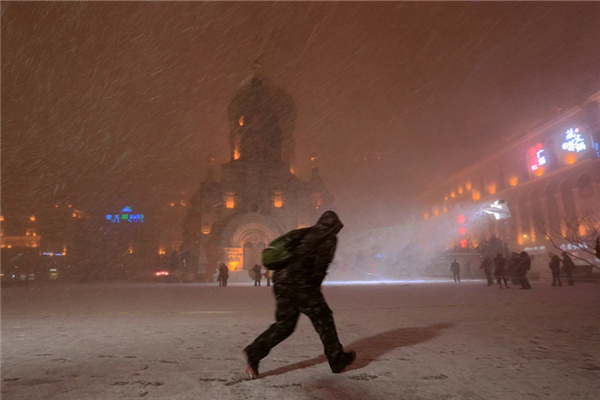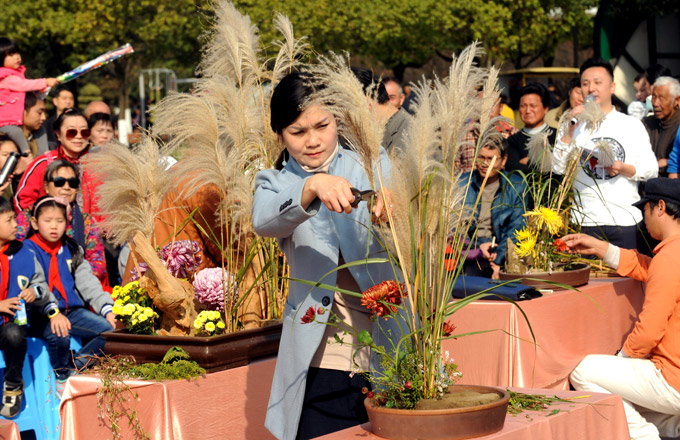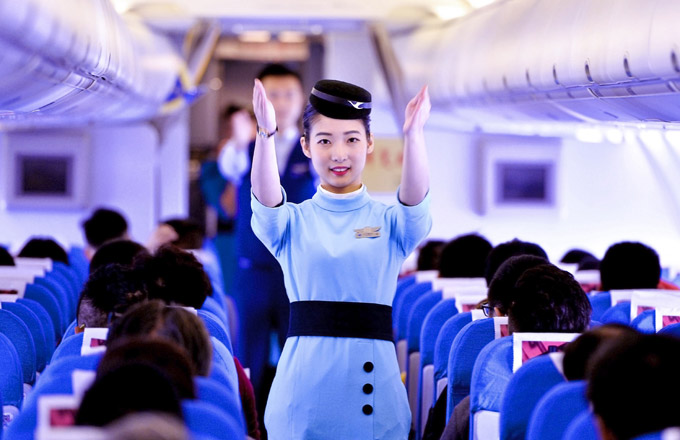

|
Tangshan Bay, the name given to four planned industrial areas along a 198-kilometer coastal stretch of North China's Hebei province, will be a hub for the steel and iron-making, petrochemical and logistics industries by 2015. CFP |
China is attempting to build its own version of Tokyo Bay on the Bohai Gulf.
2009 is the "most significant period" of a development scheme that aims to turn Tangshan Bay, the name given to four planned industrial areas along a 198-kilometer coastal stretch of North China's Hebei province, into a hub for the steel and iron-making, petrochemical and logistics industries, said Zhao Yong, Party secretary of Tangshan city.
The industrial areas will cover some 2,143 square kilometers and encompass Caofeidan port, Laoting New Area, Fengnan Coastal Industrial Area and Luhan Economic Development Area.
"We expect Tangshan Bay will be North China's gateway and manufacturing hub, similar to the role Tokyo Bay plays in Japan, by 2015," said Zhao.
The city took the steps in that direction late last year when it integrated 39 small and medium steel firms into two large companies, Great Wall Iron and Steel Group and Bohai Iron and Steel Group. They will likely pump out a combined 28 million tons of steel products a year.
The country's central government has poured money into the project, according to Sheng Xinfeng, general director of Tangshan city's Industrial Development Bureau. It gave the city 30 billion yuan in 2008, almost half of it earmarked for the developing the Bay.
The global economic downturn has not slowed the plan and new mini-projects are still being added, said Sheng. Sinopec announced last month it would spend 30 billion yuan building a 10-million-ton a year oil refining facility and a one-million-ton-a-year ethylene project in Caofeidian.
The Chinese government's 4 trillion yuan economic stimulus package is a boon to Tangshan, since it involves a lot of infrastructure projects, which will boost demand for steel, said Sheng.
More than 90 percent of Tangshan's iron and steel makers have already increased output because of the stimulus package, he added.
Tanghsan is well positioned to grow its chemical, logistics and heavy industries said Zhao. Caofeidian is one of largest natural deepwater ports in North China. The surrounding region is one of China's main iron ore bases, which supports heavy industry.
The second phase of the Caofeidian part of the Tangshan Bay plan involves building a high-speed gateway, improving the area's export capacity. A highway being built between Inner Mongolia and Hebei will soon connect Tangshan to inland regions.
The Tangshan government is looking for private capital to help finance the project, in an attempt to wean itself off dependence on central government investment, said Zhao
The city recently established 12 investing groups, such as Caofeidian Investing Group, the State-owned Tangshan Investing Group, Tangshan Constructing Investing Corp and Nanhu Eco-city Investing Group, to raise funds.
"It could be a great way to finance the project and help maintain local economic growth," said Zhao .
Officials are also looking beyond resource-dependent industries and eyeing a future that involves more technology-based industries, he added.
The Tangshan Bay area had a 109 billion gross industrial output last year.

(China Daily 03/09/2009 page5)













